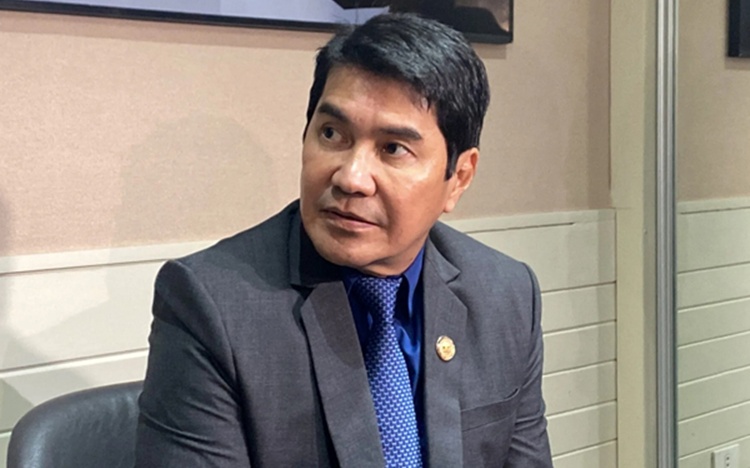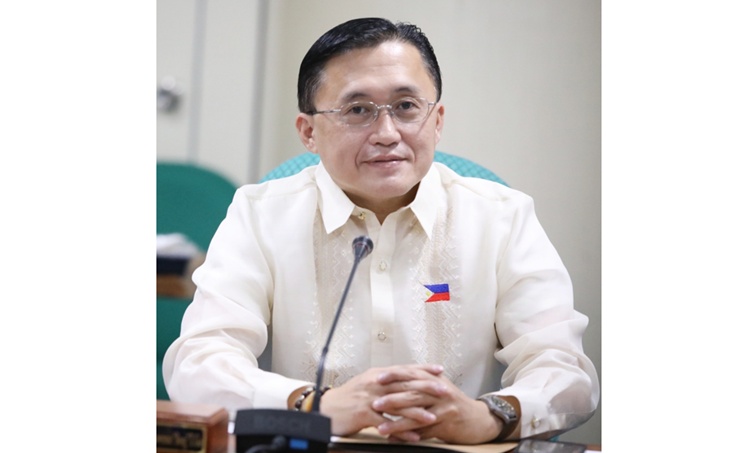Erwin Tulfo & Bong Go are the Leading Picks for Senate
ERWIN TULFO – ACT-CIS Rep. Erwin Tulfo and Sen. Bong Go have emerged as the leading picks for the Senate, with strong support from voters across the country.
ACT-CIS Representative Erwin Tulfo continues to dominate the senatorial race for the May midterm elections, despite a five-point decline in voter preference. According to a Tangere survey conducted from January 8 to 11, Tulfo secured a 58 percent voter preference, down from 63 percent in the previous poll.
The drop in Tulfo’s numbers was most noticeable among respondents aged 18 to 25 and those aged 51 and above. However, his lead remains significant, solidifying his position as the top senatorial bet.

In second place is Senator Bong Go, garnering 51 percent voter preference, primarily driven by strong support from voters in Mindanao and respondents aged 36 to 50.
Erwin’s brother, Ben Tulfo, follows closely with a voter preference of 49.5 percent, tying for the second to fourth spots. Former Senate President Tito Sotto shares the third to fourth ranking with a 48 percent preference.
Former Senator Manny Pacquiao and Senator Pia Cayetano are statistically tied for fifth and sixth places, with 45 percent and 43.17 percent, respectively.
The seventh to 10th spots feature a tight race among four candidates. Benhur Abalos Jr. leads this group with 36 percent, followed by Senator Bong Revilla Jr. at 35.5 percent. Senator Francis Tolentino registered 34.5 percent, while Senator Lito Lapid received 34.21 percent.
For the 11th to 15th places, six candidates are statistically tied. Former Senator Panfilo Lacson garnered 32 percent, with Senator Imee Marcos slightly behind at 31.67 percent. Makati Mayor Abby Binay achieved 31.5 percent, followed by Senator Ronald dela Rosa at 31 percent, former Senator Francis Pangilinan at 30.71 percent, and former Senator Bam Aquino at 30.58 percent.
READ ALSO: Bongbong Marcos Says Erwin Tulfo “Did A Very Good Job” As DSWD Chief

The Tangere survey utilized a mobile-based application and sampled 2,400 participants. Respondents were distributed geographically, with 12 percent from Metro Manila, 23 percent from Northern Luzon, 22 percent from Southern Luzon, 20 percent from the Visayas, and 23 percent from Mindanao.
With just months to go before the elections, the results highlight a competitive race, as candidates vie for voter attention and support across the country.
